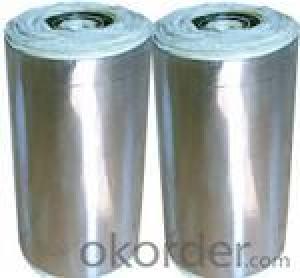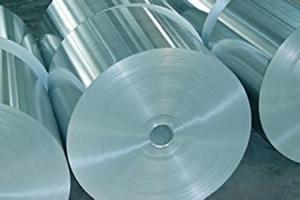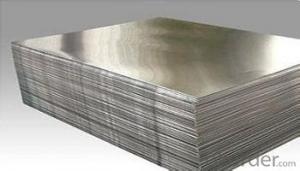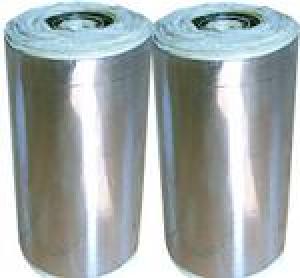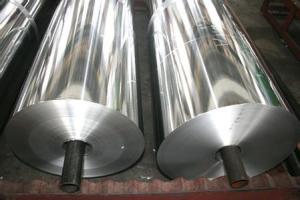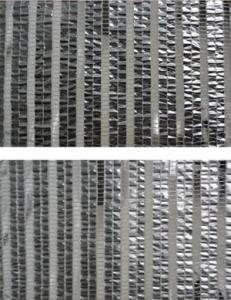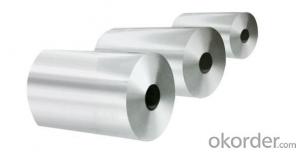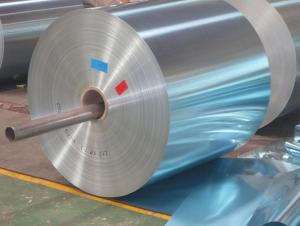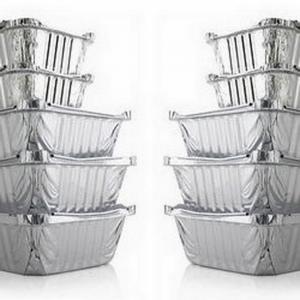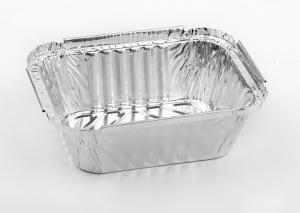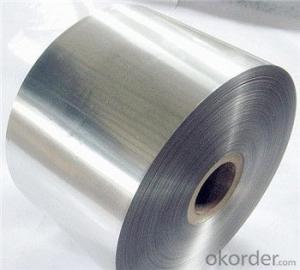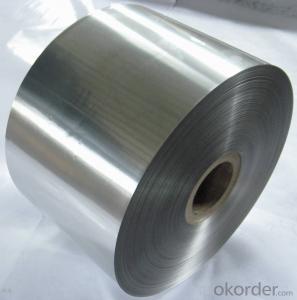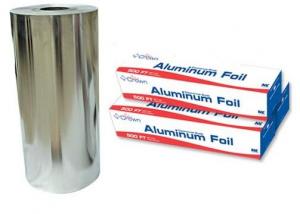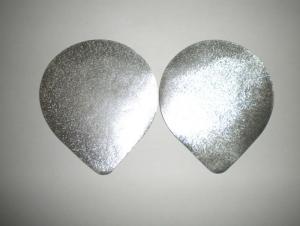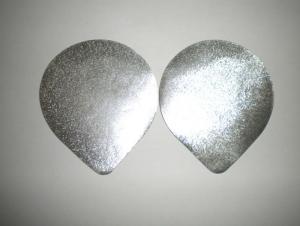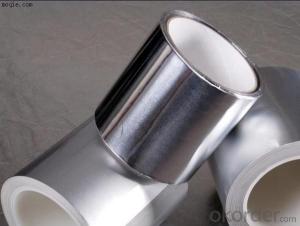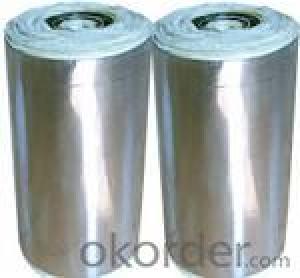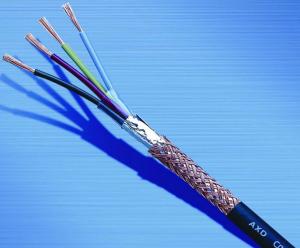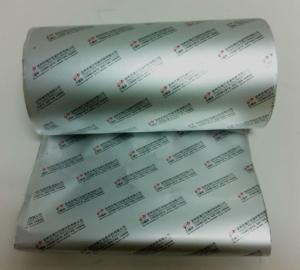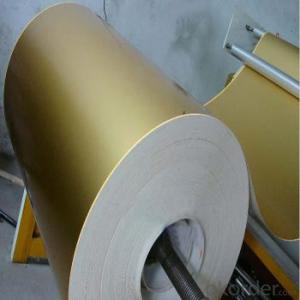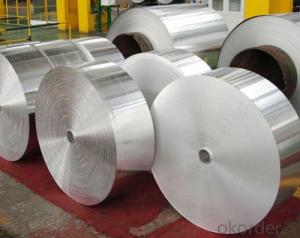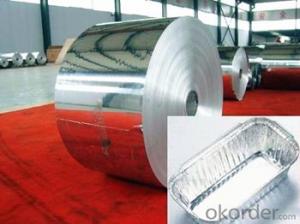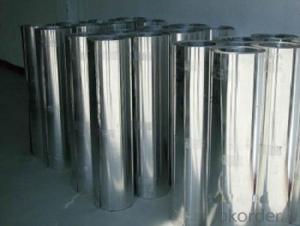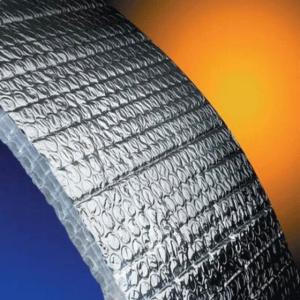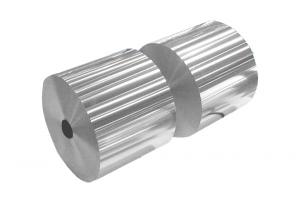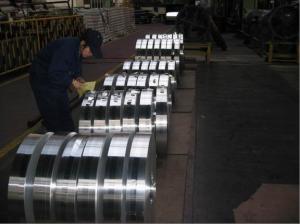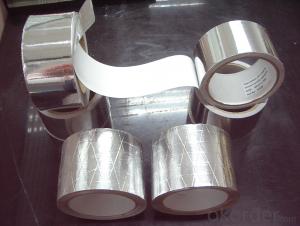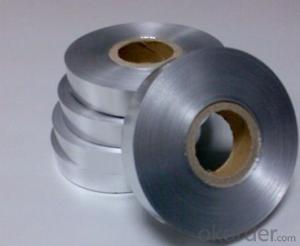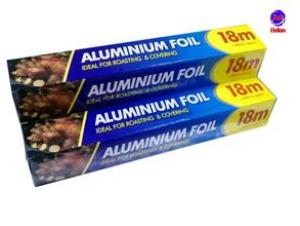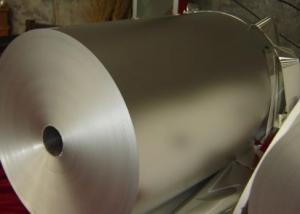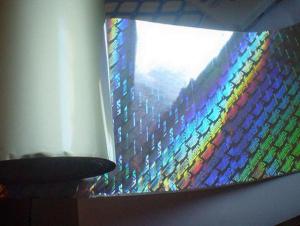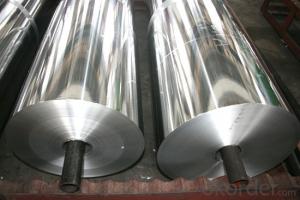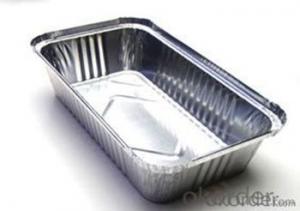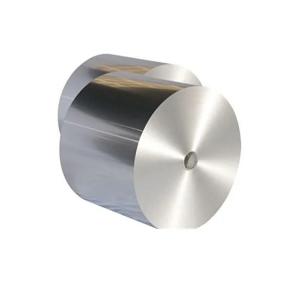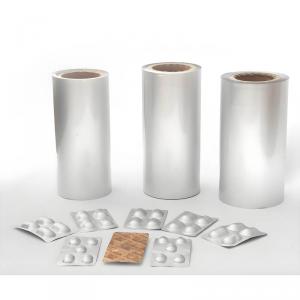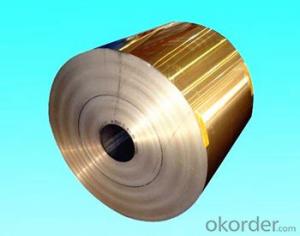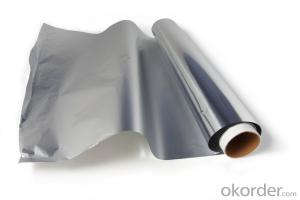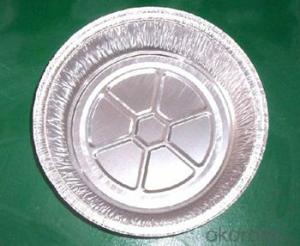Aluminum Foil 1000 Feet
Aluminum Foil 1000 Feet Related Searches
Aluminum Foil 1000 Ft 1000 Sq Ft Aluminum Foil 1000 Ft Roll Aluminum Foil 500 Feet Aluminum Foil Aluminum Foil 18 X 1000 18 X 1000 Aluminum Foil Aluminum Foil 12x1000 500 Ft Aluminum Foil Aluminum Foil 500 Ft 250 Ft Aluminum Foil 12 X 1000 Aluminum Foil Roll Aluminum Foil 250 Ft 1100 Aluminum Foil 250 Sq Ft Aluminum Foil 200 Ft Aluminum Foil 1 Micron Aluminum Foil Aluminum Foil 200 Ft Aluminum Foil 300m Width Of Aluminum Foil 10 Micron Aluminum Foil Aluminum Foil 250 Sq Ft Aluminum Foil Width 200 Sq Ft Aluminum Foil Feet Aluminum Foil High Quality Aluminum Foil Large Size Aluminum Foil 5 Mil Aluminum Foil Aluminum Foil Feet Aluminum Foil Price Per Foot Aluminum Foil ThickAluminum Foil 1000 Feet Supplier & Manufacturer from China
Aluminum Foil 1000 Feet is a versatile and high-quality product, commonly used for various purposes such as food packaging, insulation, and crafts. This product is made from a durable aluminum material, ensuring its longevity and effectiveness in different applications. The aluminum foil is available in a large roll, measuring 1000 feet in length, making it an ideal choice for both personal and commercial use.The aluminum foil 1000 feet is widely used in various industries and households due to its numerous applications. It is an essential item in the kitchen, as it helps in preserving food freshness, reducing freezer burn, and facilitating easy cooking and baking. Additionally, it is used in construction and insulation projects to provide a barrier against heat and moisture, enhancing energy efficiency and protecting structures from external elements. In the crafting world, aluminum foil is a popular material for creating unique and eye-catching designs, from sculptures to decorative items.
Okorder.com is a reputable wholesale supplier of aluminum foil 1000 feet, offering a vast inventory to cater to the needs of customers worldwide. As a leading platform for various products, Okorder.com ensures that the aluminum foil is of the highest quality, meeting industry standards and customer expectations. By partnering with Okorder.com, customers can benefit from competitive prices, fast shipping, and excellent customer service, making it a reliable choice for sourcing aluminum foil 1000 feet and other related products.
Hot Products
